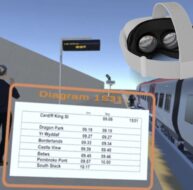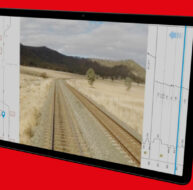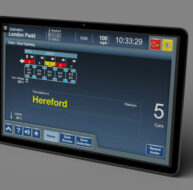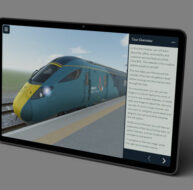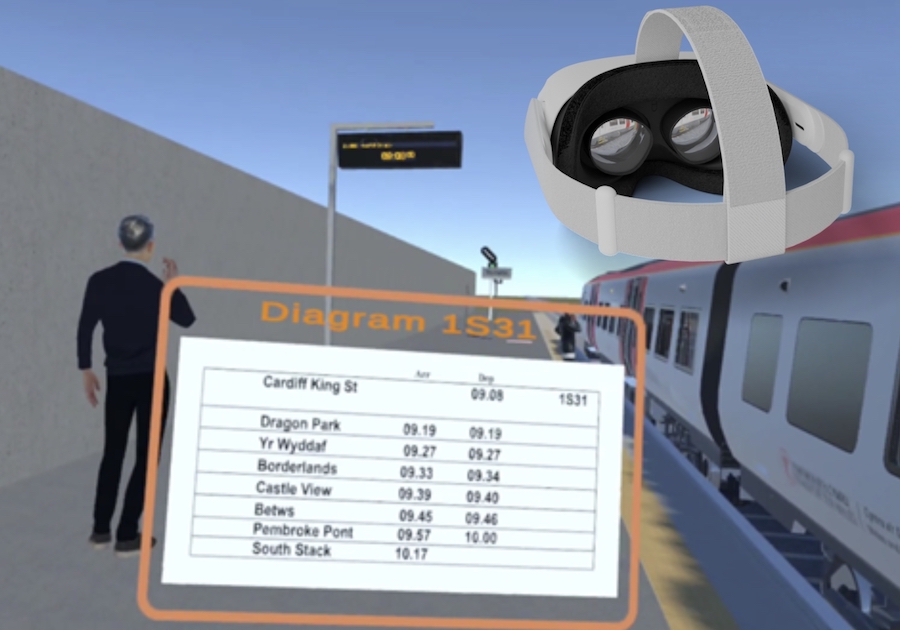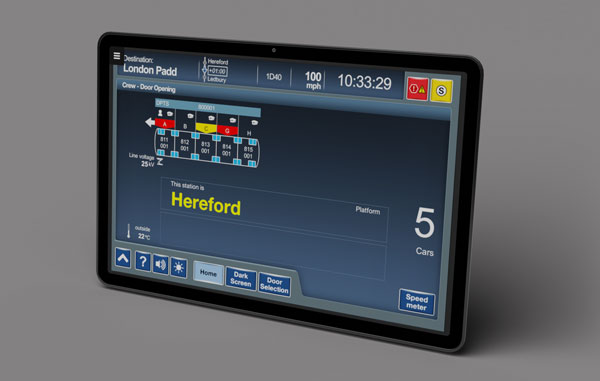How can we help reduce the 69,000 shortfall in rail jobs across Australasia in 2024?
The global rail industry is facing driver shortages at a time when the drive to net zero is ramping up the demand for more passenger and freight rail services.
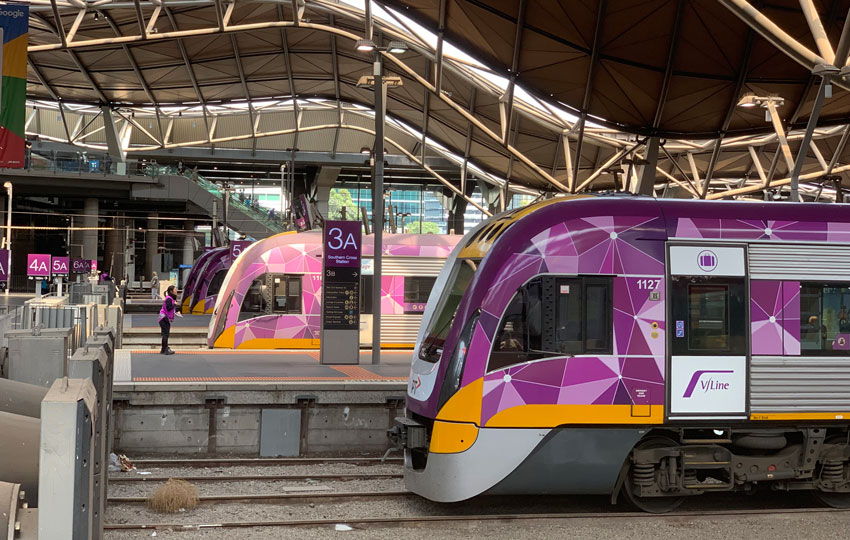
Operators that we are working with at Denova are aiming to increase driver training throughput by up to a factor of 5 in as many years, which will require a significant investment in the driver training process. This problem is well documented. It can be seen in the recent Australasian Rail Association (ARA) Skills Report which highlights
- “Approximately 34 per cent of the rail workforce is aged over 50 years and only four per cent is aged less than 25 years.”
- “If a significant percentage of rail employees retire by the age of 62 then 35 percent of the workforce in rail will be lost by 2035.”
- “The peak gap in workforce numbers will be approximately 69,000 in 2024. The gap predominantly exists for those working in operational and project roles.”
So the first question has to be, what investment will have the most impact in accelerating driver training?
Just adding more traditional training methods and technologies won’t deliver the volume and substantial changes needed so we have to start by examining the component parts of the driver training process to identify bottlenecks and areas where improvements can be made through procedural change and technologies.
WE NEED A BLENDED APPROACH TO TRAINING TO MAKE A REAL DIFFERENCE!
- Classroom learning – ‘Chalk and Talk’ using PowerPoints and eLearning. Adding more classroom training is time consuming and expensive, certainly a bottleneck in the process.
- Self- paced learning – Study using manuals, PowerPoints and eLearning. Scheduling downtime in a working shift for existing drivers to renew training is difficult and operators cannot expect or rely on drivers to carry out unpaid training in their own time. Increased use of training technologies methods can improve the efficiency of self-paced learning so it’s definitely an area where improvements can be made. Similarly, technology makes the distribution of training material to new entrants much easier.
- Procedural practise – Using a mixture of simulation and live practise. Certainly the most flexible option as there are a wide range of Desktop, PC and tablet-based simulators available however their efficiency and value depends entirely on the quality of the training content and simulation design.
- Rehearsal – Formal assessment using full cab simulators. The best option for full journey rehearsal and assessment, but very expensive and most definitely a bottleneck where they can only be used by one driver at a time.
A blended training approach including classroom sessions and an increased use of procedural simulators will deliver the marginal gains needed to accelerate driver training programmes without compromising on safety and quality. By following this path, we can start the journey to help plug the skills gaps and fill the 69,000 operational and project roles that are threatening the industry.

